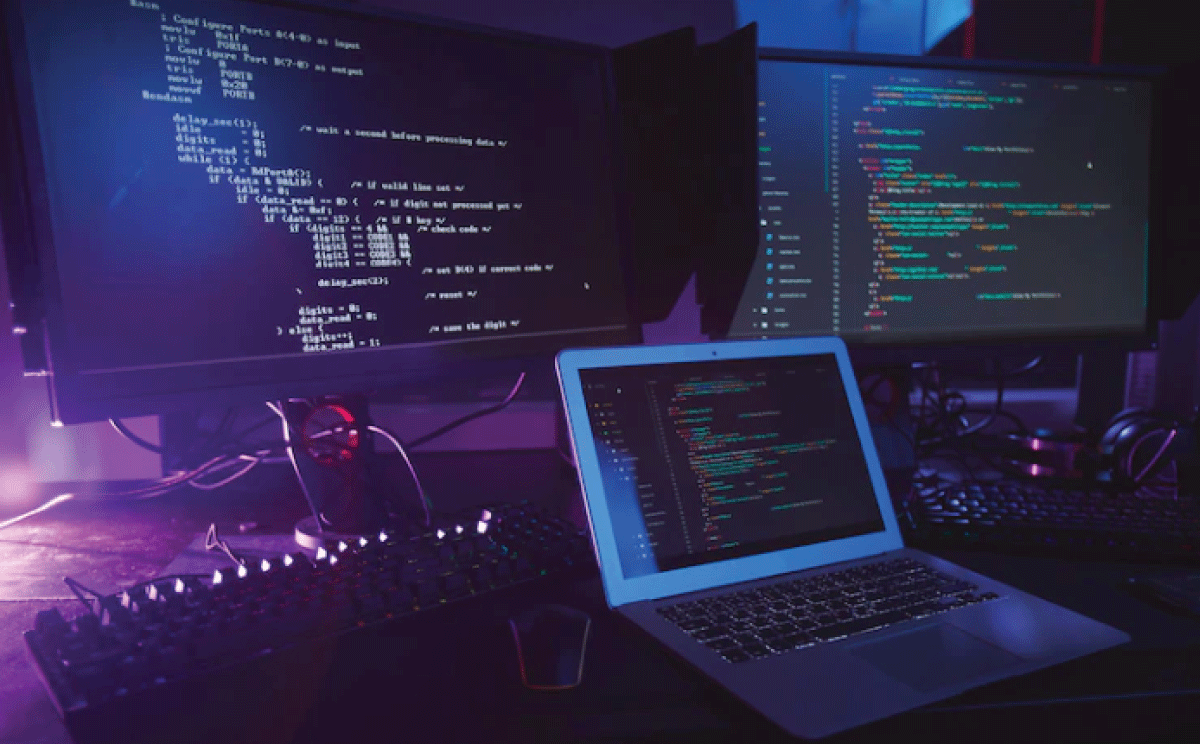Programming is the process of giving instructions to computer systems. These instructions are written to perform a specific task or solve a particular problem. Programming involves various concepts such as programming languages, algorithms, and data structures. In this article, we will focus on the fundamental concepts of programming, the most popular programming languages, and the programming process.
Fundamental Concepts of Programming
1. Programming Languages
Programming languages are structures that allow humans to give instructions to computer systems. Different programming languages use different syntax and language rules. Examples of popular programming languages include Python, Java, C++, and C#. Each language has its own advantages and areas of application.
2. Algorithms
An algorithm is a step-by-step plan or method for solving a specific problem. A program follows an algorithm to perform a particular task. Algorithms are used to produce an output based on a given input. Designing algorithms is an important step in the programming process.
3. Data Structures
Data structures are structural elements used to organize and store data in computer programs. Examples of data structures include arrays, lists, queues, stacks, and trees. Choosing the right data structure can have a significant impact on the efficiency and performance of a program.
4. Control Structures
Control structures allow programs to make decisions based on certain conditions or situations. These structures, such as if statements, loops (for, while), and conditional expressions (if-else), are used to control the flow of a program. Control structures make programs more flexible and manageable.
5. Cybersecurity and Hacking
Programming also plays a significant role in the field of cybersecurity and hacking. Cybersecurity experts use programming languages to identify security vulnerabilities, develop security software, and implement defense mechanisms. Similarly, unethical hackers use programming languages to launch attacks and exploit security vulnerabilities. Therefore, programming skills are crucial in both defending against and executing hacking activities. To read our external article on cybersecurity. you can find it here

Most Popular Programming Languages
While there are many different programming languages, some are more popular and widely used than others. Here are some of the most popular programming languages:
- Python: Python is preferred for its readability and simplicity. It has a large user community and can be used in various domains.
- Java: Java is a platform-independent language commonly used for developing large-scale software. It is particularly popular for mobile app and web app development.
- C++: C++ is a fast and efficient language used for system programming and game development, among other performance-intensive areas.
- JavaScript: JavaScript is a language that runs in web browsers and is widely used for web development. Its popularity has increased in recent years.
- C#: C# is developed by Microsoft and is commonly used for Windows applications and game development. It is also supported by popular game engines like Unity.
These are just a few examples of popular programming languages. Each language has its own unique advantages and disadvantages, and the choice should depend on the project requirements.
The Programming Process
The programming process involves a series of steps to create a program. Generally, the programming process includes the following steps:
- Problem Identification: Identify a problem to be solved or a task to be performed.
- Algorithm Design: Design an algorithm for the problem or task. In this step, the solution is planned step-by-step.
- Coding: Code the designed algorithm in the selected programming language. This involves writing instructions in the syntax of the programming language.
- Compilation or Interpretation: The code is compiled or interpreted depending on the programming language. Compilation involves translating the source code into machine language, while interpretation involves step-by-step execution of the source code.
- Testing and Debugging: Test the created program and fix any errors or bugs. Testing ensures that the program functions correctly.
- Deployment and Maintenance: Deploy the program for use by users. The developer maintains the program and releases updates if necessary.
Conclusion
In this article, we have discussed the fundamentals of programming. Programming is the process of giving instructions to computer systems. The fundamental concepts of programming include programming languages, algorithms, data structures, and control structures. Additionally, we have provided information about the most popular programming languages and the programming process. Programming is an essential skill that forms the foundation of many different fields in our modern era.


What are the best resources and methods you can recommend for learning to code?
I wrote an article on this topic, I will share it shortly 🙂